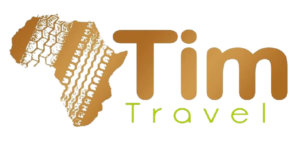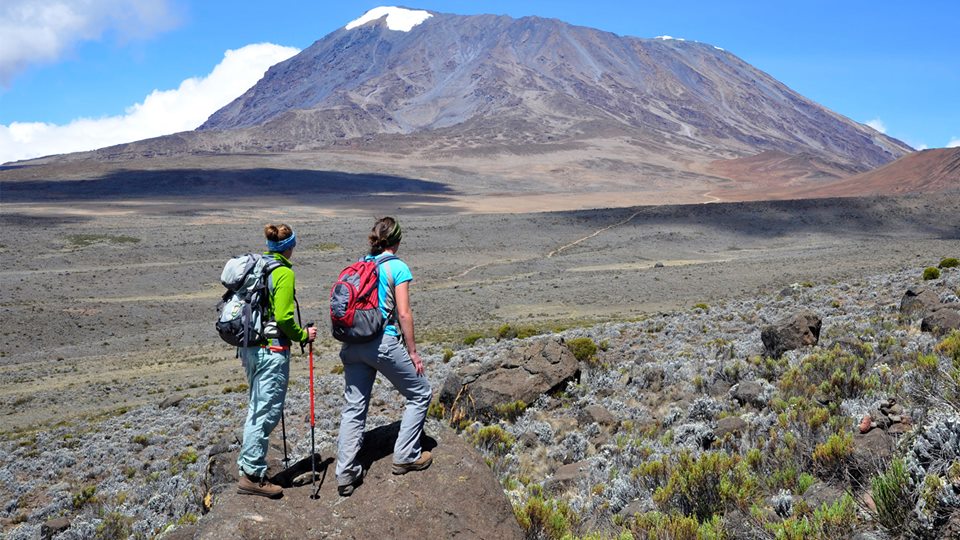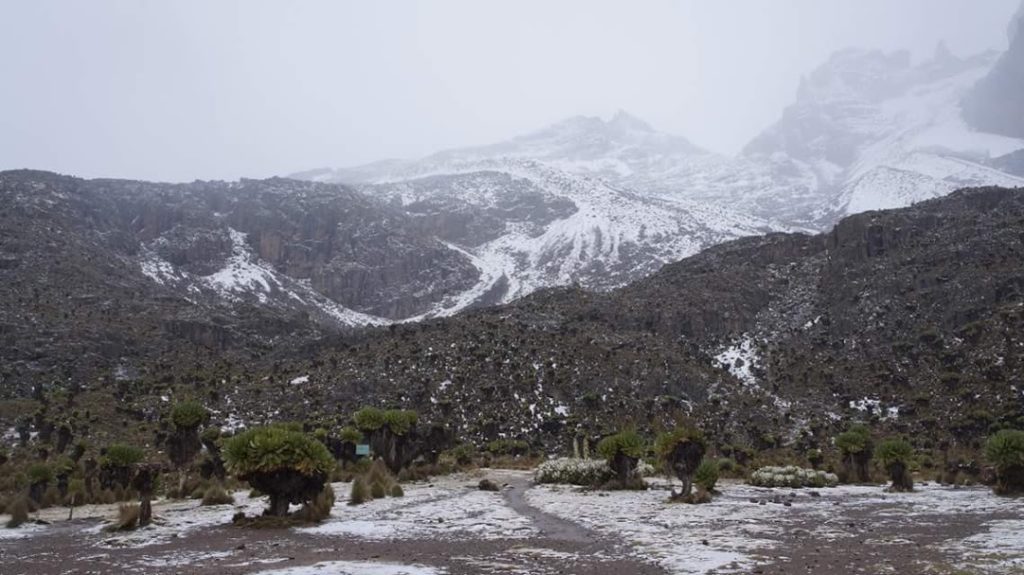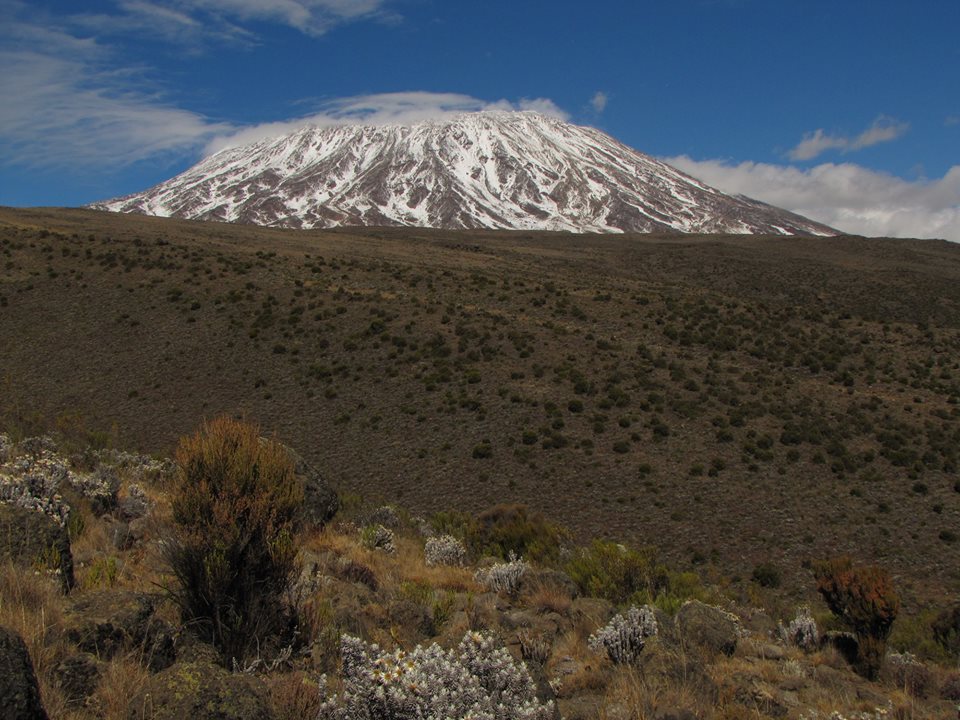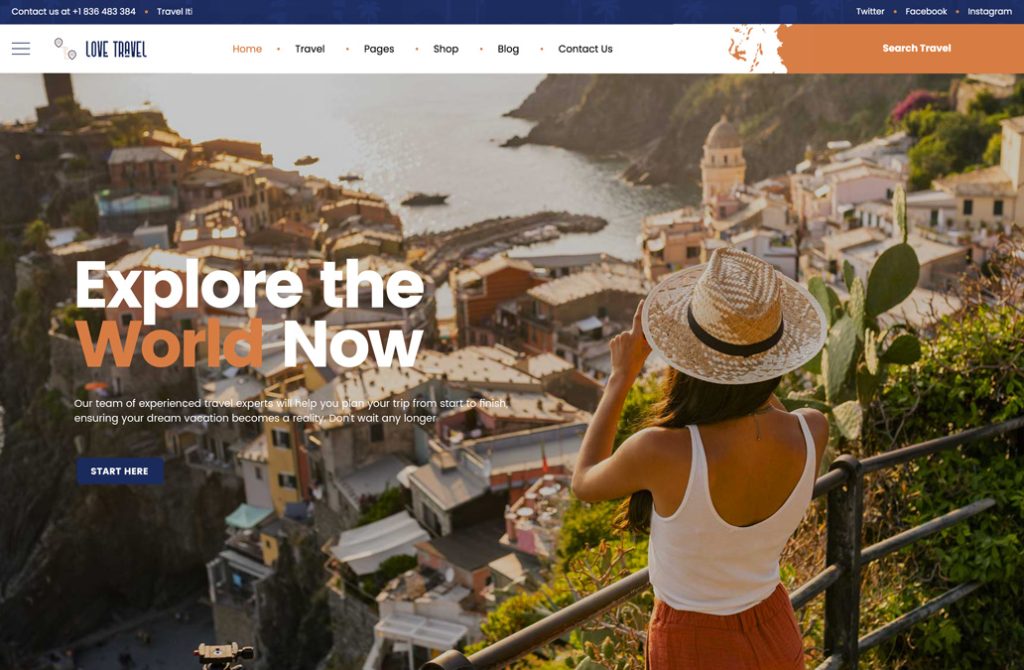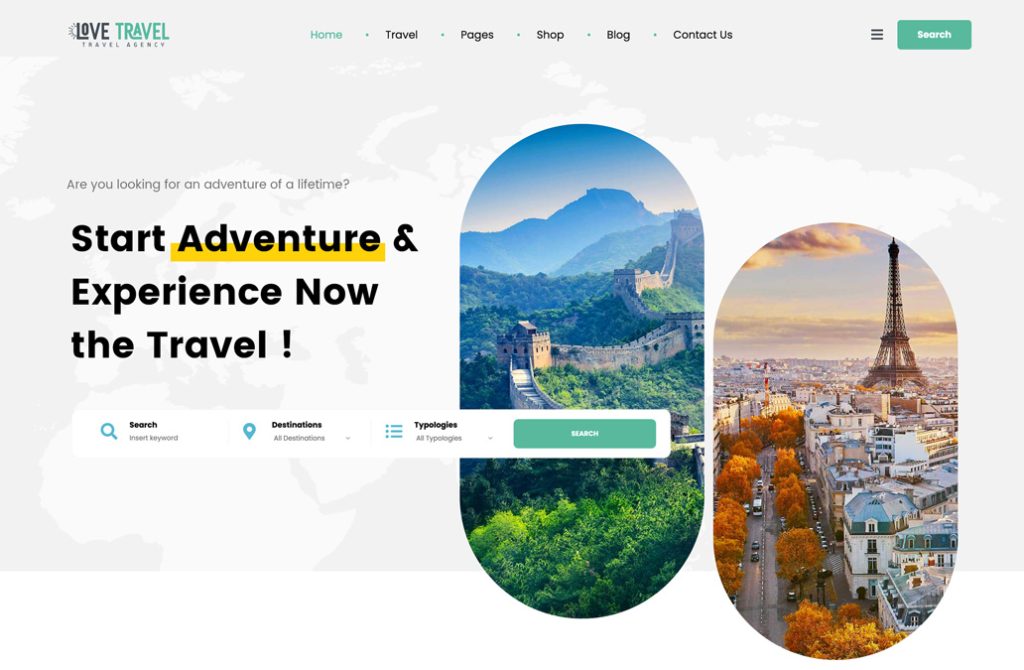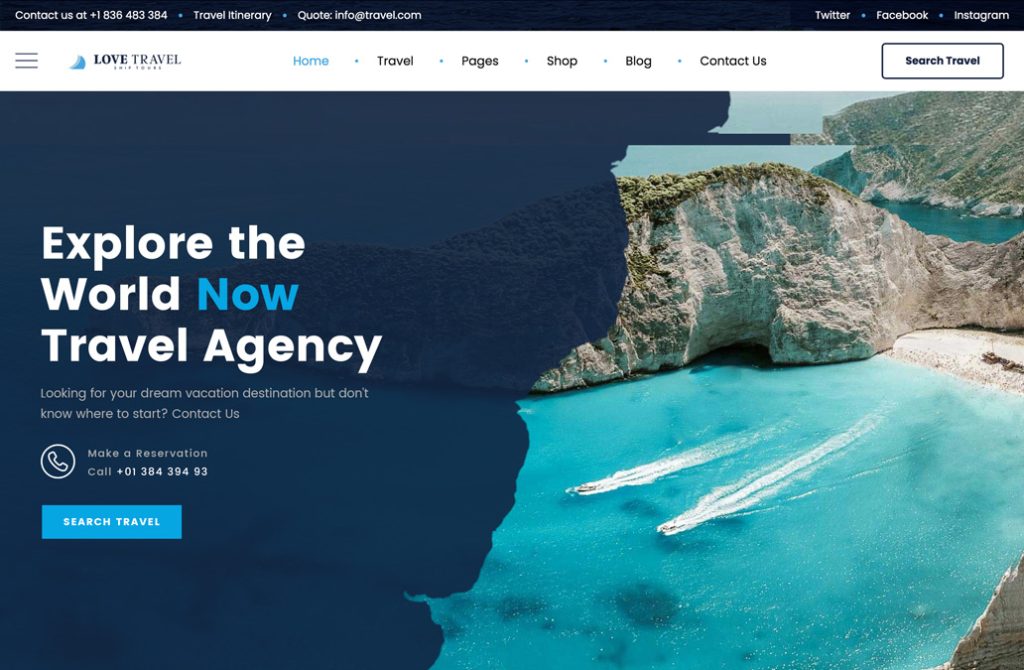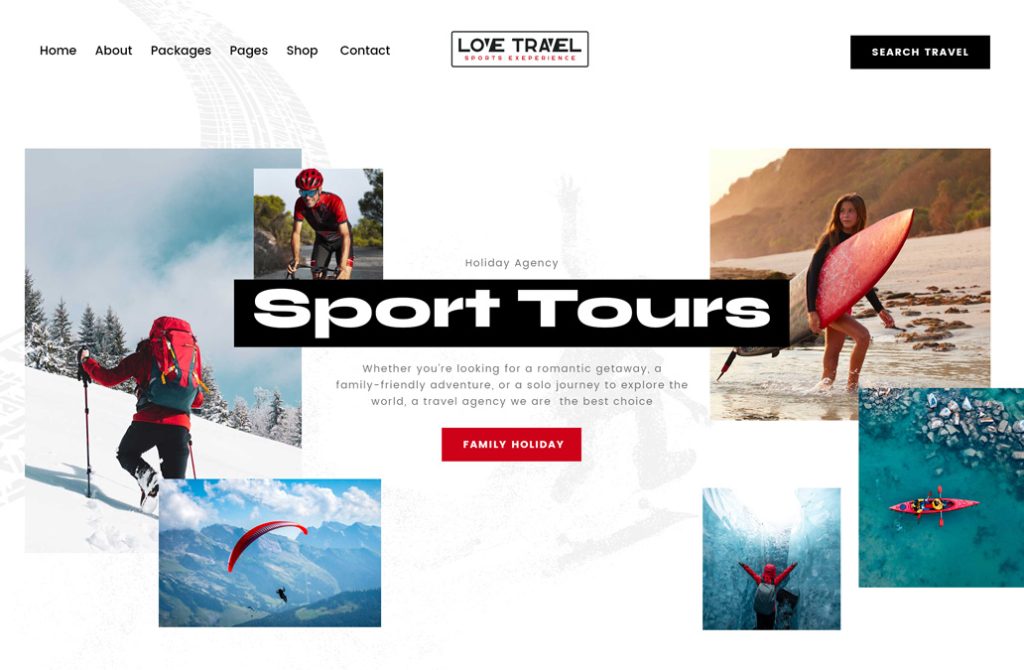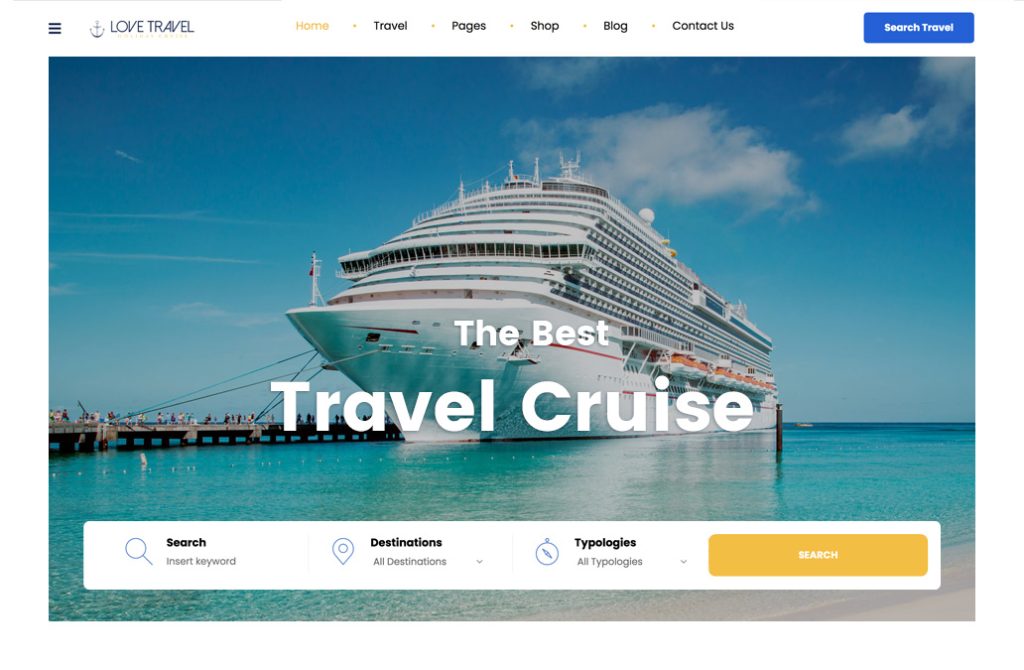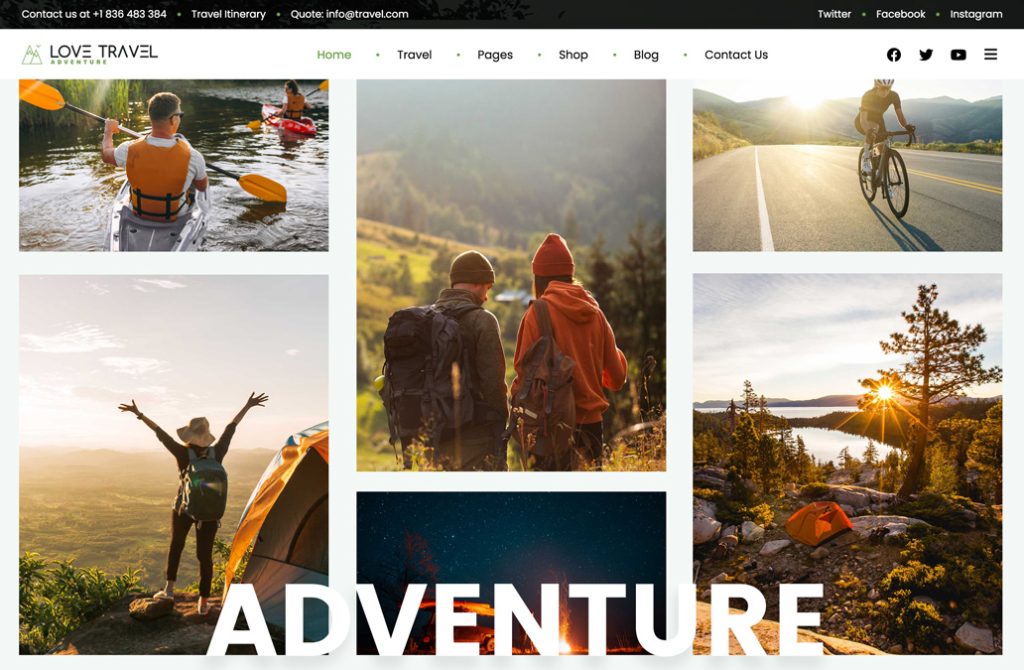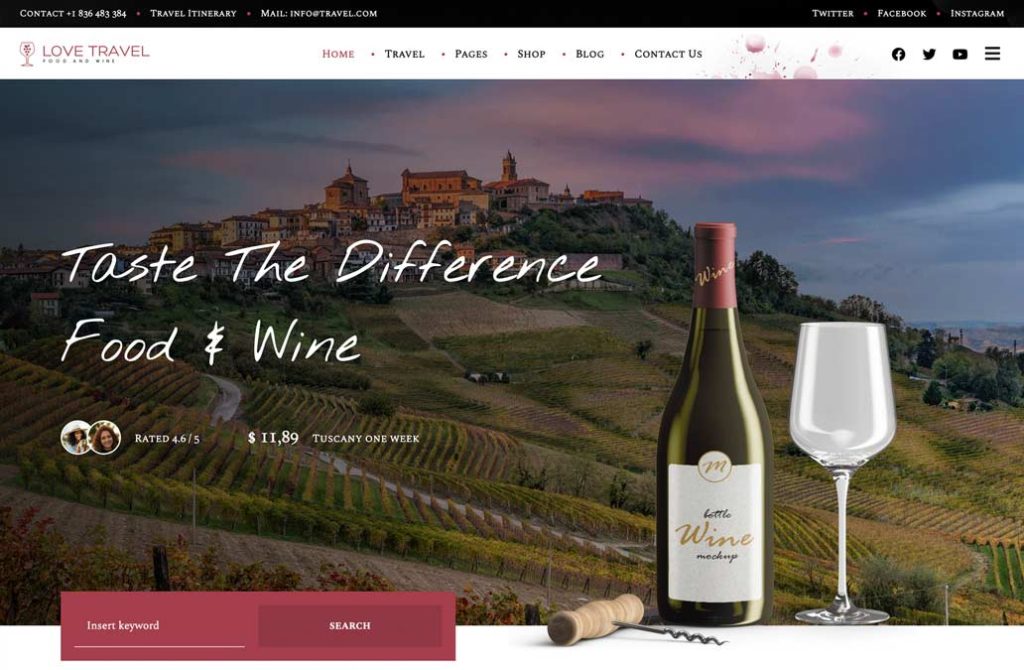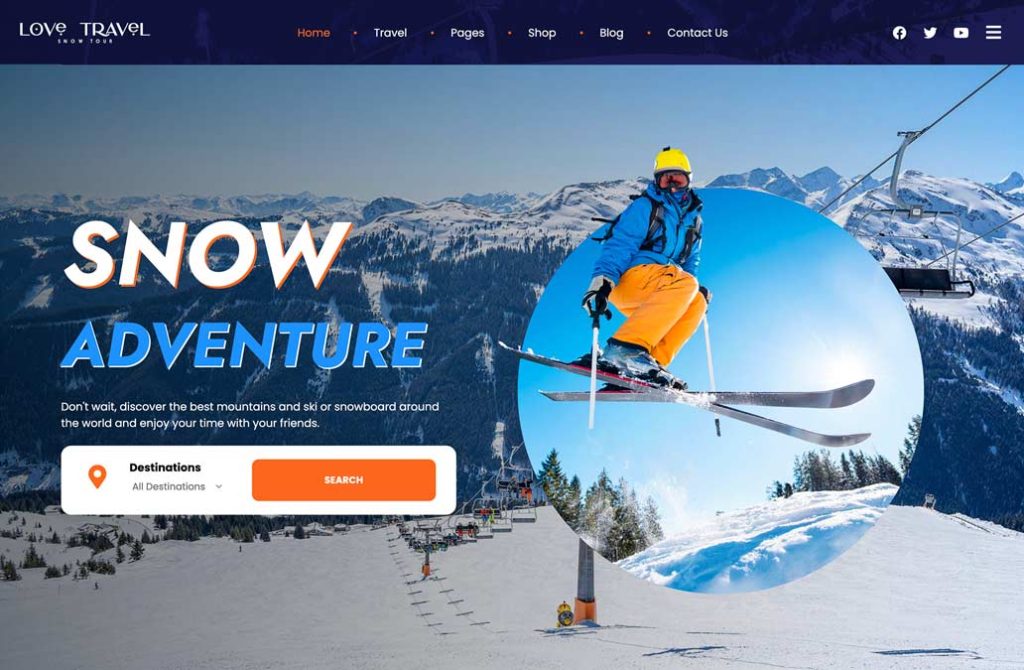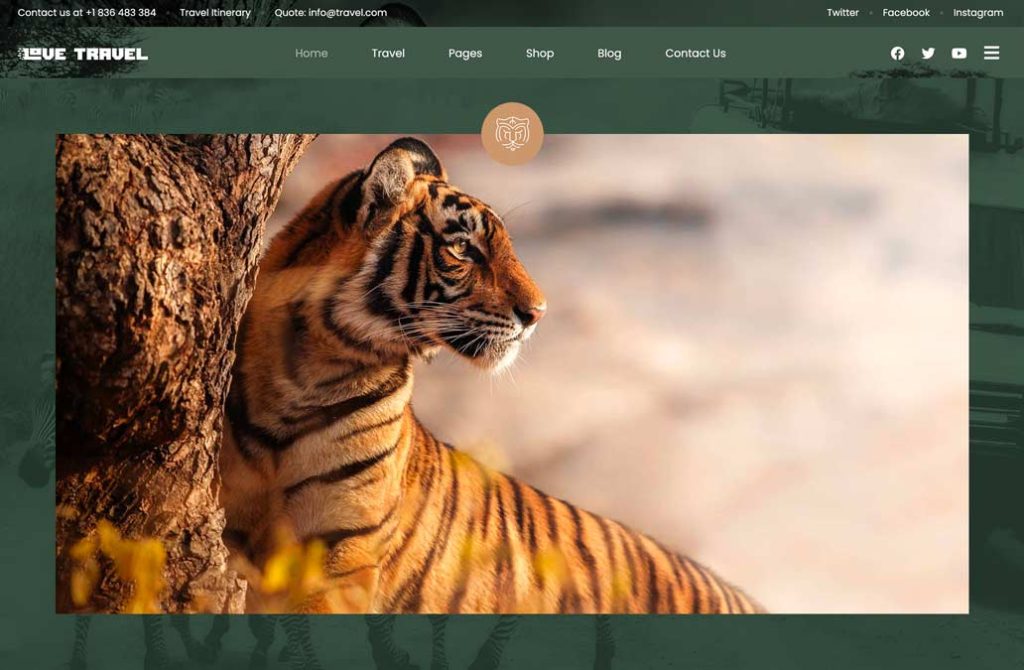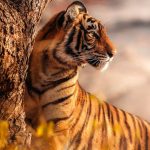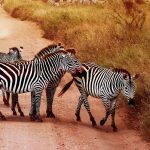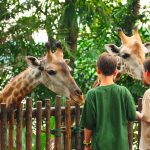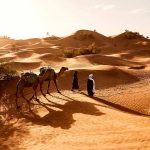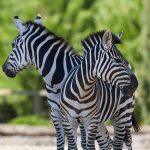Kenya
Welcome to Orange Adventure Tours and Safaris [OATS]

Welcome to Orange Adventure Tours and Safaris an online Tour Company which offers affordable holidays in Kenya, Tanzania, Uganda and Rwanda.
Our Services are Safaris, Honeymoon Packages, Mountain Climbing, Car Hire and Rental Services, Airport/Shuttle Transfers, Train Booking and Hotels Bookings.
The East Africa region is bestowed with a great variety of wild animals, birds, scenic beauty, sandy beaches and culture in such diversity and abundance – The ideal destination for your dream African Wildlife Safari. Besides our standard and listed safari programs in the website, we specialize more in customized and tailor-made tours.
As one of Africa’s leading tour operators and destination marketing companies since the year 2008, Orange Adventures has welcomed countless visitors to Africa’s shores as a result of our expertise cultivated from experience. Orange Adventures is strategically based in East Africa, Kenya, and offers you the best travel deals, accommodation and adventure destinations in East Africa.
ORANGE ADVENTURES as a Domestic Management Company[D.M.C] offers low-risk, low effort access to these kinds of trips. Our reputation is built on security and safety, with full public liability and operator insurance and excellent strategies in place to keep clients safe at all times. All of our leaders, including our long-established trekking management teams, are trained in first aid, and we have detailed crisis, emergency and evacuation plans in place. Our product is consistent and high quality, tour-to-tour and across the continent. As an adventure specialists we can deliver complete adventure experiences – high-altitude trekking, climbing, rafting, cycling, sailing, sea kayaking, diving – accomplishing seemingly difficult logistical feats every time
Our Tours and Safaris Destinations
Kenya
Kenya, officially the Republic of Kenya, is a country in East Africa. Lying along the Indian Ocean to its southeast and at the equator, it is bordered by Somalia to the northeast, Ethiopia to the north, Sudan to the northwest, Uganda to the west and Tanzania to the south. Lake Victoria is situated to the southwest, and is shared with Uganda and Tanzania. With its capital city in Nairobi, Kenya has numerous wildlife reserves containing thousands of animal species. It has a land area of 580,000 km and a population of nearly 39 million residents, representing many different peoples and cultures.The country is named after Mount Kenya, a significant landmark and second among Africa’s highest mountain peaks.
Kenya offers the traveler an unparalleled range of options. The incredible diversity of landscapes, cultures, wildlife and activities mean endless opportunities. With so many choices at hand, some people find the prospect of planning a trip quite daunting. It doesn’t have to be that way.
For a country of its size, Kenya sure packs a lot in: mountains and deserts, colorful tribal culture, beaches and coral reefs, and some of Africa’s best wildlife attractions. In fact, to say Kenya is Africa in microcosm would not be stretching the point. There are a million different reasons to come here, and picking just one is nigh impossible. Stunning landscapes set the scene, from Kakamega’s rain-forests to Indian Ocean beaches by way of Mt Kenya National Park; the rolling grasslands of the Masai Mara to searing deserts on the shores of the Jade Sea; with The Rift Valley, home to Hell’s Gate National Park, cleaving a massive gash through it all.
Wildlife safaris have been the mainstay of Kenya’s tourism for decades, and several Kenyan parks, like Tsavo National Park, are among the best places in Africa to see lions, elephants, leopards and the famous wildebeest migration. Kenya rates as one of the top five bird-watching destinations in the world; other activities for outdoor enthusiasts include trekking the glacial ridges of Mt Kenya, ballooning over the Masai Mara, snorkeling at the Marine National Park in Malindi on the Indian Ocean coast, and much more besides. Kenya’s biggest city, Nairobi, with the baddest of reputations, is sidestepped by many visitors, but, in fairness, has an interesting urban appeal with its cafes and nightlife.
The people, too, represent a wide cross-section of everything that is contemporary Africa, and everyday life brings together traditional tribes and urban families; ancient customs and modern sensibilities. Swapping the latest political gossip with the switched-on locals is just one more small pleasure that comes with the culture.
Tourists Information Center
About Nairobi The World Safari Capital
Embassies & High Commissions In Nairobi
Australia, Riverside Drive (400 meters off Chiromo Road).
Austria, Off Limuru Road, Opposite Muthaiga Mini Market.
China, Woodlands Rd.
Cyprus, International House 6th Floor Mama Ngina Street.
Djibouti, Mama Ngina St.
Egypt, Othaya Road off Gitanga Road, Kileleshwa.
Eritrea, 2nd Floor, New Rehema House Raphta Road, Westlands.
Ethiopia, State House Ave.
France, Barclays Plaza building 9th floor.t
Greece, 13F Nation Tower, Kimathi St.
Indonesia, Menengai Road, Upper Hill P.O.Box 48868 Nairobi.
India, Harambee Ave.
Israel, Bishop Roda.
Japan, Mara Rd, Upper Hill.
Republic of Korea, 15F Anniversary Towers, University Way.
Nigeria, Lenana Rd, Kilimani.
Serbia, State House Ave,
Spain, CBA Building, 3rd floor, Mara & Ragati Road, Upper Hill.
United Kingdom of Great Britain and Northern Ireland, Upper Hill Road.
United States of America, UN Avenue.
Nairobi is divided into a series of constituencies with each being represented by members of Parliament in the National Assembly. These constituencies are: Makadara, Kamukunji, Starehe, Langata, Dagoretti, Westlands, Kasarani, and Embakasi.The main administrative divisions of Nairobi are Central, Dagoretti, Embakasi, Kasarani, Kibera, Makadara, Pumwani, and Westlands.
Most of the upmarket suburbs are situated to the west and north-central of Nairobi, where most European settlers resided during the colonial times AKA ‘Ubabini’.These include Karen, Langata, Lavington, Gigiri, Muthaiga, Brookside, Spring Valley, Loresho, Kilimani, Kileleshwa, Hurlingham, Runda, Kitisuru, Nyari, Kyuna, Lower Kabete, Westlands, and Highridge, although Kangemi, Kawangware, and Dagoretti are lower income areas close to these affluent suburbs.
The city’s colonial past is commemorated by many English place-names. Most lower-middle and upper middle income neighbourhoods are located in the north-central areas such as Highridge, Parklands, Ngara, Pangani, and areas to the southwest and southeast of the metropolitan area near the Jomo Kenyatta International Airport.
The most notable ones include Avenue Park, Fedha, Pipeline, Donholm, Greenfields, Nyayo, Taasia, Baraka, Nairobi West, Madaraka, Siwaka, South B, South C, Mugoya, Riverbank, Hazina, Buru Buru, Uhuru, Harambee Civil Servants’, Akiba, Kimathi, Pioneer, and Koma Rock to the centre-east and Kasarani to northeast area among others.
The low and lower income estates are located mainly in far eastern Nairobi. These include, Umoja, Kariokor, Dandora, Kariobangi, Kayole, Embakasi, and Huruma. Kitengela suburb, though located further southeast, Ongata Rongai and Kiserian further southwest, and Ngong/Embulbul suburbs also known as Diaspora to the far west are considered part of the Greater Nairobi Metropolitan area.
More than 90% of Nairobi residents work within the Nairobi Metropolitan area, in the formal and informal sectors. Many Somali immigrants have also settled in Eastleigh, nicknamed Little Mogadishu.
The Kibera slum in Nairobi with an estimated population of at least 500,000 to over 1,000,000 people was thought to be Africa’s second largest slum. However, recent census results have shown that Kibera is indeed much smaller than originally thought.
Nairobi has many parks and open spaces throughout the city. Much of the city has dense tree-cover and plenty of green spaces. The most famous park in Nairobi is Uhuru Park. The park borders the central business district and the neighbourhood Upper Hill. Uhuru (Freedom in Swahili) Park is a centre for outdoor speeches, services, and rallies.
The park was to be built over by former President Daniel arap Moi, who wanted the 62-storey headquarters of his party, the Kenya African National Union, situated in the park.However, the park was saved following a campaign by Nobel Peace Prize winner Wangari Maathai.
Central Park is adjacent to Uhuru Park, and includes a memorial for Jomo Kenyatta, the first president of Kenya. Other notable open spaces include Jeevanjee Gardens, City Park, 7 August Memorial Park, and Nairobi Arboretum.
The colonial 1948 Master Plan for Nairobi still acts as the governing mechanism when it comes to making decisions related to urban planning. The Master Plan at the time, which was designed for 250,000 people, allocated 28% of Nairobi’s land to public space, but because of rapid population growth, much of the vitality of public spaces within the city are increasingly threatened.
City Park, the only natural park in Nairobi, for example, was originally 150 acres, but has since lost approximately 50 acres of land to private development through squatting and illegal alienation which began in the 1980s.
The City of Nairobi enjoys the status of a full administrative County.
The Nairobi province differs in several ways from other Kenyan regions. The county is entirely urban. It has only one local council, Nairobi City Council. Nairobi Province was not divided into districts until 2007, when three districts were created. In 2010, along with the new constitution, Nairobi was renamed a County.
Nairobi County has seventeen constituencies. Constituency name may differ from division name, such that Starehe Constituency is equal to Central Division, Lang’ata Constituency to Kibera division, and Kamukunji Constituency to Pumwani Division in terms of boundaries.
Nairobi is divided into seventeen constituencies and eighty five wards, mostly named after residential estates. Kibera Division, for example, includes Kibera (Kenya’s largest slum) as well as affluent estates of Karen and Langata.
Westlands Kitisuru · Parklands/Highridge · Karura · Kangemi · Mountain View
Dagoretti North Kilimani · Kawangware · Gatina · Kileleshwa · Kabiro ·
Dagoretti South Mutu-ini · Ngand’o · Riruta · Uthiru/Ruthimitu · Waithaka ·
Langata Karen · Nairobi West · Ngumo · South C · Nyayo Highrise ·
Kibra Laini Saba · Lindi · Makina · Woodley/ Kenyatta Golf Course · Sarang’ombe ·
Roysambu Roysambu · Garden Estate · Muthaiga · Ridgeways · Githurai · Kahawa West · Zimmermann · Kahawa
Kasarani Clay City · Mwiki · Kasarani · Njiru · Ruai
Ruaraka Babadogo · Utalii · Mathare North · Lucky Summer · Korogocho ·
Embakasi South Imara Daima · Kwa Njenga · Kwa Reuben · Pipeline · Kware ·
Embakasi North Kariobangi North · Dandora Area I · Dandora Area II · Dandora Area III · Dandora Area IV ·
Embakasi Central Kayole North · Kayole North Central · Kayole South · Komarock · Matopeni/ Spring Valley ·
Embakasi East Upper Savanna · Lower Savanna · Embakasi · Utawala · Mihang’o ·
Embakasi West Umoja I · Umoja II · Mowlem · Kariobangi South ·
Makadara Maringo/ Hamza · Viwandani · Harambee · Makongeni · Mbotela
Kamukunji Pumwani · Eastleigh North · Eastleigh South · Airbase · California ·
Starehe Nairobi Central · Ngara · Pangani · Ziwani/ Kariokor · Landimawe · Nairobi South ·
Mathare Hospital · Mabatini · Huruma · Ngei · Mlango Kubwa · Kiamaiko ·
Nairobi is home to the Nairobi Securities Exchange (NSE), one of Africa’s largest. The NSE was officially recognised as an overseas stock exchange by the London Stock Exchange in 1953. The exchange is Africa’s 4th largest in terms of trading volumes, and 5th largest in terms of Market Capitalization as a percentage of GDP.
Nairobi is the regional headquarters of several international companies and organisations. In 2007, General Electric, Young & Rubicam, Google, Coca-Cola, IBM Services, Airtel, and Cisco Systems relocated their African headquarters to the city.The United Nations Office at Nairobi hosts UN Environment and UN-Habitat headquarters.
Several of Africa’s largest companies are headquartered in Nairobi. KenGen, which is the largest African stock outside South Africa,is based in the city. Kenya Airways, Africa’s fourth largest airline, uses Nairobi’s Jomo Kenyatta International Airport as a hub.
Goods manufactured in Nairobi include clothing, textiles, building materials, processed foods, beverages, and cigarettes. Several foreign companies have factories based in and around the city. These include Goodyear, General Motors, Toyota Motors, and Coca-Cola.
Nairobi has a large tourist industry, being both a tourist destination and a transport hub.
Nairobi has grown around its central business district. This takes a rectangular shape, around the Uhuru Highway, Haille Selassie Avenue, Moi Avenue, and University Way. It features many of Nairobi’s important buildings, including the City Hall and Parliament Building. The city square is also located within the perimeter.
Most of the skyscrapers in this region are the headquarters of businesses and corporations, such as I&M and the Kenyatta International Conference Centre. The United States Embassy bombing took place in this district, prompting the building of a new embassy building in the suburbs.
In 2011, the city was considered to be about 4 million residents. A large beautification project took place in the Central Business District, as the city prepared to host the 2006 Afri-Cities summit. Iconic buildings such as the Kenyatta International Conference Centre had their exteriors cleaned and repainted.
Nairobi downtown area or central business district is bordered to the southwest by Uhuru Park and Central Park. The Mombasa to Kampala railway runs to the southeast of the district.
Today, many businesses are considering relocating and /or establishing their headquarters outside the Central Business District area. This is because land is cheaper, and better facilities can easily be built and maintained elsewhere.
Two areas that are seeing a growth in companies and office space are Upper Hill, which is located, approximately 4 km (2.5 mi) from the Central Business District and Westlands, which is also about the same distance, away from the city centre.
Companies that have moved from the Central Business District to Upper Hill include Citibank and in 2007, Coca-Cola began construction of their East and Central African headquarters in Upper Hill,cementing the district as the preferred location for office space in Nairobi. The largest office development in this area is UAP Tower, a recently completed 33-storey tower at 163 meters high.
The World Bank and International Finance Corporation,part of the World Bank Group are also located in Upper Hill at the Delta Center, Menegai Road. Earlier on, they were located in the Hill Park Building and CBA Building respectively both also in Upper Hill, and prior to that in View Park towers in the Central Business District.
To accommodate the large demand for floor space in Nairobi, various commercial projects are being constructed. New business parks are being built in the city, including the flagship Nairobi Business Park.
Nairobi is currently undergoing a construction boom. Major real estate projects and skyscrapers are coming up in the city. Among them are: Hass twin towers which will tower at 212m, Britam Tower (198m), Avic International Africa headquarters (176m), Prism tower (140m), Pan Africa insurance towers, Pallazzo offices, and many other projects.
Shopping malls are also being constructed like the recently completed Garden city Mall, Centum’s Two rivers Mall, The Hub in Karen, Karen waterfront, Thika Greens, and the recently reconstructed Westgate Mall. High-class residential apartments for living are coming up like Le Mac towers, a residential tower in Westlands Nairobi with 23 floors.
Avic International is also putting up a total of four residential apartments on Waiyaki way: a 28-level tower, two 24-level towers, and a 25-level tower. Hotel towers are also being erected in the city. Avic International is putting up a 30-level hotel tower of 141m in the Westlands. The hotel tower will be operated by Marriot group. Jabavu limited is constructing a 35 floor hotel tower in Upper Hill which will be high over 140 metres in the city skyline.
Arcon Group Africa has also announced plans to erect a skyscraper in Upper hill which will have 66 floors and tower over 290 metres, further cementing Upper hill as the preferred metropolis for multinational corporations launching their operations in the Kenyan capital.
Tallest skyscrapers in Nairobi
– Pinnacle Towers 274 m (899 ft)
– UAP Tower 163 m (535 ft)
– Times Tower 140 m (460 ft)
– Teleposta Towers 120 m (390 ft)
– Kenyatta International Conference Centre 105 m (344 ft)
– NSSF Building 103 m (338 ft)
– I&M Bank Tower 100 m (330 ft)
– Nyayo House 84 m (276 ft)
– Cooperative Bank House 83 m (272 ft)
– National Bank House 82 m (269 ft)
– Hazina Towers 81 m (266 ft)
– Rahimtulla Tower 80 m (260 ft)
Nairobi is one of the few cities in the world with a national park within its boundaries, making it a prime tourist destination as well, with several other tourist attractions. The most famous is the Nairobi National Park, the only game reserve of this nature to border a capital city, or any major city. The park contains many animals including lions, giraffes, and black rhinos. The park is home to over 400 species of birds.
The Nairobi Safari Walk is a major attraction to the Nairobi National Park as it offers a rare on-foot experience of the animals.
Nairobi is home to several museums, sites, and monuments. The Nairobi National Museum is the country’s national museum and the largest in the city. It houses a large collection of artefacts portraying Kenya’s rich heritage through history, nature, culture, and contemporary art.
It also includes the full remains of a homo erectus popularly known as the Turkana boy. Other prominent museums include the Nairobi Gallery, Nairobi Railway Museum, and the Karen Blixen Museum located in the affluent Karen suburb. Uhuru Gardens, a national monument and the largest memorial park in Kenya, is also the place where the first Kenyan flag was raised at independence. It is located along Langata road near the Wilson Airport.
Nairobi is nicknamed the Safari Capital of the World or the City Under the Sun, and has many hotels to cater for safari-bound tourists. Five-star hotels in Nairobi include the Nairobi Serena, Laico Regency (formerly Grand Regency Hotel), Windsor (Karen), Holiday Inn, Nairobi Safari Club (Lilian Towers), The Sarova Stanley Hotel, Safari Park & Casino, InterContinental, Panari Hotel, Hilton, and the Norfolk Hotel.
Other newer ones include the Crowne Plaza Hotel Nairobi in Upper Hill area, the Sankara Nairobi in Westlands, Tribe Hotel-Village Market, House of Wayne, The Eastland Hotel, Ole Sereni, and The Boma located along Mombasa Highway. International chains apart from the Hilton, the Intercontinental group, and Serena Hotels are also setting up properties in Nairobi city.
Upcoming establishments include Radisson Blu and the upscale boutique Bidwood Suite Hotel in Westlands, which are nearing completion. The Best Western Premier-Nairobi and The Villa Rosa Kempinski have been completed and opened.
Nairobi is also home to the largest ice rink in Africa: the Solar Ice Rink at the Panari Hotel’s Sky Centre. The rink, opened in 2005, covers 15,000 square feet (1,400 m2) and can accommodate 200 people.
Shopping malls in Nairobi include the Greenspan Mall (Donholm), Yaya Centre (Hurlingham), Sarit Centre (Westlands), Westgate Shopping Mall (Westlands), ABC Place (Westlands), The Village Market (Gigiri), Junction Shopping Mall (Ngong Road), Prestige Plaza (Ngong Road), Crossroads Shopping Centre (Karen), T-Mall (Langata), Garden City Mall and Thika Road Mall (TRM). Nakumatt, Uchumi, and Tuskys, Naivas are the largest supermarket chains with modern stores throughout the city.
The Nairobi Java House is a coffee house and restaurant chain with branches located around the city including one at the Jomo Kenyatta International Airport. Other coffee chains include Art Caffe, Dormans Coffee House and Savannah, which is part of Sasini Tea.
Nairobi’s night life is popular with tourists, young and old. From a collection of gourmet restaurants offering local and international cuisine, Nairobi has something to offer to every age and pocket. Most common known food establishments include The Carnivore and The Tamarind Restaurants which have outlets in Langata, City Centre, and the Village Market.
For those more discerning travellers, one can choose from a wide array of local cuisine, Mediterranean, fast food, Ethiopian, and Arabian. The city’s nightlife is mostly centred along friends and colleagues meeting after work especially on Fridays – commonly known as “Furahiday” (Happy Day), theme nights, events and concerts, and Shisha cafés.
The most popular clubbing spots are centred in upmarket Westlands which has come to be known as Electric Avenue, Karen, Langata, Hurlingham, and uptown venues in the city centre. Nairobians generally go out every day of the week and most establishments are open till late.
Other sites include Jomo Kenyatta’s Mausoleum, Kenya National Theatre, and the Kenya National Archives. Art galleries in Nairobi include the Rahimtulla Museum of Modern Art (Ramoma), the Mizizi Arts Centre, and the Nairobi National Museum.
Nairobi is a cosmopolitan and multicultural city. The names of some of its suburbs, including Hurlingham and Parklands reflect Nairobi’s early history of colonial occupation.
By the mid twentieth century, many foreigners settled in Nairobi from other parts of the British Empire, primarily India and parts of present-day Pakistan.These immigrants were workers who arrived to construct the Kampala – Mombasa railway, settling in Nairobi after its completion, and also merchants from Gujarat. Nairobi also has established communities from Somalia and Sudan.
There are a number of churches, mosques, temples, and gurdwaras within the city. Prominent places of worship in Nairobi include the Cathedral Basilica of the Holy Family, All Saints Cathedral, Ismaili Jamat Khana, and Jamia Mosque.
Nairobi has two informal nicknames. The first is The Green City in the Sun, which is derived from the city’s foliage and warm climate.The second is the Safari Capital of the World, which is used due to Nairobi’s prominence as a hub for safari tourism.
There are a number of shopping malls in the Nairobi Area. These include: Garden city mall, Thika road mall (TRM), the West Gate mall, Prestige Plaza, the Village Market, the Sarit Centre, the Junction. A variety of amenities are provided at these malls and include: cinemas, fashion and apparel retailers, bookshops, electronics and grocery stores, coffeehouses, restaurants and bars.
In Nairobi, there is a range of restaurants and, besides being home to nyama choma which is a local term used to refer to roasted meat, there are American fast food restaurants such as KFC, Subway, Dominos Pizza, Pizza Hut, Hardees and Burger King which are popular, and the longer established South African chains, Galittos, Steers, PizzaMojo, Spur Steak Ranches.
Coffee houses, doubling up as restaurants, mostly frequented by the upper middle classes, such as Artcaffe, Nairobi Java House and Dormans have become increasingly popular in recent days. Traditional food joints such as the popular K’osewe’s in the city centre and Amaica, which specialise in African delicacies are also widepsread.
The Kenchic franchise which specialised in old-school chicken and chips meals was also popular, particularly among the lower classes and students, with restaurants all over the city and its suburbs. However, as at February 2016, Kenchic stopped operating its eatery businesses.
Upscale restaurants specialising in specific cuisines, ranging from Italian, Lebanese, Ethiopian, French and seafood are more likely to be found in five star hotels and the wealthier suburbs in the West and South of the city.
Nairobi has an annual restaurant week (NRW) at the beginning of the year, January–February. Nairobi’s restaurants offer dining packages at reduced prices.NRW is managed by Eatout Kenya which is an online platform that lists and reviews restaurants in Nairobi, and provides a platform for Kenyan foodies to congregate and share.
Top Kenyan Attractions
Turkwel Gorge
On the plains below the Gorge are two large, adjacent and connected compounds within which are living-quarters and recreational facilities for many people.
The Turkwel Hydroelectric plant generates more than 100 megawatts for the National Grid. The large, white, building one sees at a distance, on the lower slopes of the hillside, is part of the Power Plant.
It does not house the turbines however; these are located deep underground.
The Dam is accessed via 5 km of steeply winding track that climbs the hillside and passes the steep walls of the lower gorge (through which, now, only a trickle of water passes).
The lakes behind the dams were created from the harnessed waters of several rivers; the major being the Suam which originates in the caldera of Mount Elgon and flows along the Suam Gorge. The steep hills around the lakes add to their startling beauty.
Get to Turkwel by turning left off the A1, 2 km before Kaiunuk, and driving for 24 km. Nasalot Game Reserve is on the left.
Access to the KENGEN / KVDA compound requires permission. Likewise, visits to the Power Plant and Dam are possible, but only after seeking and obtaining the necessary clearance.
Lake Turkana
Lake Turkana is a massive inland sea, the largest desert lake in the world. This single body of water is over 250 kilometres long- longer than the entire Kenyan coast.
It is widely known as the Jade Sea, because of the remarkable, almost incandescent, colour of its waters. After a long journey through the sweltering deserts and lava flows of Northern Kenya, the sight of this vast body of bright turquoise water comes as an unearthly, ethereal vision.
The Lake is a source of life for some of Kenya’s most remote tribes.
The Turkana, with ancestral ties to Uganda, live a semi-nomadic existence around the Lake. The country’s smallest tribe, the El Molo, live a hunter-gatherer existence on the shores, in villages of distinctive rounded reed huts.
Turkana has one of the longest living histories on earth, and recent fossil evidence unearthed at Koobi Fora has led to the Lake being referred to as ‘The Cradle of Mankind’. The site lies at the heart of the Sibiloi National Park, a place of stark beauty and prehistoric petrified forests.
The Lake itself is a natural treasure, with the world’s single largest crocodile population.
In Turkana these reptiles grow to record size, with some of the largest specimens found on remote windswept Central Island. Lake Turkana is Kenya’s most remote destination, but one that repays the intrepid traveller with rich rewards.
Getting Around
The East and West Shores of Turkana are accessed completely separately, and are physically separated by the vast uncrossable Suguta Valley south of the Lake. The east shore is reached via Maralal and Marsabit with the central point of access being the small oasis town of Loiyangalani.
The west shore is accessed via Kitale and the central point of access is Lodwar. There are airstrips on both shores for chartered aircraft. This area is used as a launch site for safaris into the remote Omo region of Soutern Ethiopia.
Turkana should be visited as part of a professionally organized safari. There are very few defined roads around the Lake. The lakeshore can be explored on foot, but plenty of water and a good sense of direction are both vital. Boats are available for hire in villages along the shore, and this is the best way to explore the lake. a local guide is advisable.
Saiwa Swamp National Park
The park is located at 385km from Nairobi and 27 km from Kitale town in Trans-Nzoia District of Rift Valley Province. The park ecosystem comprises of forest and swamp vegetation. The swamp is dominated by tall bull-rushes and sedges and is bordered by open grasslands and riverine forests.
The park was established to protect the endangered Sitatunga, a semi-aquatic antelope. Other wildlife species commonly found in the swamp include the Otter, Genet cat, Serval cat, mongoose, bushbuck and monkeys. The ecosystem is also rich in birdlife, harbouring about 372 species.
It can be accessed by road 22km from Kitale on the Kitale-Kapenguria tarmac road. At Kipsaina junction, a 5 km murram road leads to the only park entrance, Sinyerere gate. There is also an airstrip in Kitale 22km away from the park.
The major attractions are, The endangered Sitatunga Antelope, Bird watching, Nature board walk & tree top house
The wildlife found in this park includes Sitatunga, monkey, otter, genet cat, serval cat, Mongoose,
bushbuck and ratel.
Mount Elgon
Mt. Elgon is located 420 kms from Nairobi. Access is via tarmac road to Kitale, branch to murram road then to the Chorlim Gate.
It is located 420 kms from Nairobi. There is also one Air strip in the park.
The major attractions are caves, Salt Mining Elephants of Kitum Cave, Spectacular Waterfall, Game Viewing around the Mountain, Birdwatching and Mountain viewing.
The wildlife found here are Elephants, leopards, giant forest hogs, bushbucks, buffaloes, duikers, black and white colobus, blue monkeys and golden cats, among others.
More than 240 bird species in the area, including the African crowned eagle, Ross’ turaco, and red-fronted parrot.
Webuye Falls
The falls are breathtaking beautiful and provide a relaxing retreat from the busy marketplace. This is a scenario that captures major parts of the rich, fertile and unexplored beauty of Western Kenya.
Ideally the image of Webuye falls is a wonderful landscape that is also an ideal habitat. This can range from cliff paths to moorland and marshes. The image should show birds and people who are more than hospitable. It can also serve as a very nice place for a family outing.
Kakamega Forest National Reserve
The Kakamega Forest National Reserve is situated in the Lake Victoria basin, about 50km north of Kisumu city. Being the only remnant in Kenya of the unique Guineo-Congolian forest ecosystem, the park offers unique wildlife and scenic beauty. For bird and butterfly watchers, this is the place to visit. The forest is home to over 400 species of butterflies, about 300 bird species and 27 species of snakes.
The park also supports more than 350 species of trees and 7 primate species including the endangered DeBrazza monkey, black and white colobus monkey and vervet monkey. The Potto (the world’s slowest mammal on earth), duikers and Dik diks are also found in Kakamega Forest National Reserve.
It is mainly accessed by road and is about 415 km from Nairobi via Nakuru and Kapsabet towns. It can also be accessed by air, by connecting from Kisumu or Eldoret.
Its size is about 44 km2 and is in the Western part of Kenya.
The major attractions include
• Birdwatching: Over 300 bird species,
• Butterfly watching: over 400 species of butterflies
• Massive Trees, Scenic Spots and Waterfalls: Over 350 species of trees, the forest holds mostly indigenous vegetation.
• Snakes: 27 species of snakes, ,
• Primates Watching: Home to Debrazza monkey and other primates.
The wildlife found in the Kakamega Forest are
Wildlife: Bush Pig, Duikers, Bushbuck, Clawless Otter, Mongoose, Giant Water Shrew, Squirrels, Tree Pangolin, Porcupine, Bats and Primates.
Birds: 330 species of which some are found nowhere else in the country. The common one being the Blue turaco.
Lake Nakuru National Park
The park lies in Central Kenya, 140km north-west of Nairobi, in Nakuru district of the Rift Valley Province. The ecosystem comprises of the lake, surrounded by mainly wooded and bushy grasslands. The park supports a wide ecological diversity with Flamingos (Greater and Lesser) and other water birds being the major attractions of the area. The ecosystem provides for about 56 different species of mammals including the white rhino and buffaloes and a variety of terrestrial birds numbering nearly 450 species.
The vegetation is mainly wooded and bushy grassland with a wide ecological diversity and characteristic habitats that range from the lake waters to the escarpment and ridges.
The normally water-covered surface of the lake occupies about a third of the park. The lake water supports a dense bloom of the blue-green Cyanophyte Spirulina platensis from which it derives its colour and which is the major food source for the flamingo.
The lake is fringed by alkaline swamps with areas of sedge, Cyprus laevigatus and typha marsh along the river inflows and springs. The surrounding areas support a dry transitional savanna with lake margin grasslands of Sporobolus spicatus salt grass moving into grasslands of Hyparrhenia hirta and rhodes grass Chloris gayana in the lower areas.
More elevated areas have dry forest with Acacia xanthophloea, olive Olea hochstetteri and Croton dichogamus; Euphorbia candelabrum forest; and bushland dominated by the composites, Mulelechwa Tarchonanthus camphoratus and Psiadia arabica.
Rocky hillsides on the Parks eastern perimeter are covered with Tarchonanthys scrub and a magnificent Euphobia candelabrum forest.
The major attractions are as follows: –
• Flamingo (Greater and Lesser) and other water birds including a variety of terrestrial birds numbering about 450 species in total.
• Mammals: 56 different species including white rhinos,waterbuck etc.
• View-points: Lion hill, Baboon cliff and Out of Africa
• Hills: Enasoit, Honeymoon, Lion hill ridge etc
• Waterfalls: Makalia.
• Unique vegetation: About 550 different plant species including the unique and biggest euphorbia forest in Africa, Picturesque landscape and yellow acacia woodlands.
• Participate in the cycle with rhino event every september yearly
The main access to Lake Nakuru National Park is by Road
There are three main gates, main gate, lanet gate and nderit gate.
Masai Mara National Reserve
Masai Mara National Reserve (also known as Masai Mara or The Mara) is situated within the Great Rift Valley in the southern part of Kenya. Measuring approximately 1510sq. kilometres (approx. 938sq. miles) in size, this unfenced savannah grassland is roughly 150 miles southeast of Nairobi.
Maasai Mara derives its name from the indigenous people of Kenya – the Maasai tribe – and the Mara River that cuts through the park.
The Masai Mara provides the best view of the famous wildebeest migration as the animals cross the Mara River between July and August.
The Mara is also home to the richest concentration of wildlife, including the “Big Five” (elephants, lions, leopards, rhinos, and buffalo), zebras, antelope, gnus, Oribis, hyenas, giraffes, warthogs, gazelles, hartebeests, hippos, crocodiles and others. The park has the largest concentration of African lions, including the black-maned lion. Birdlife is as plentiful as wildlife at the Masai Mara, which boasts over 400 different birds species.
The reserve’s topography is mainly open savannah (grassland) with clusters of acacia trees along the southeastern area of the park. The Mara and Talek rivers grace the rolling plains of the reserve. Myriad seasonal rivers appear during the rainy season but dry out once the rains are gone.
How to Get to Masai Mara National Reserve
By Road: From Nairobi, it takes about six hours to get to Masai Mara. The roads are all weather; however, only 4WD game viewing trucks are allowed during the rainy season.
By Air: You can book one of the scheduled daily flights that depart from Wilson Airport and Jomo Kenyatta International Airport (JKIA) in Nairobi. Travel time is about 45 minutes and flights land at one of the three airstrips (Keekorok, Olkiombo and Musiara) that serve the park. Flights are also available from Mombasa to Masai Mara.
Herds of plains zebras are found throughout the park, as well as Masai giraffes, common giraffes, jackals, white-bearded gnus, Oribis, warthogs, Thomson’s and Grant’s gazelles, hartebeests, hyenas, bat-eared foxes, rare Topi antelope and beautiful rone antelope, as well as hippos and crocodiles in the Mara River.
Wildebeest Migration
Over 1.5 million wildebeest, zebras and several species of antelope make an annual circular tour between the Serengeti in Tanzania and Masai Mara in Kenya in search of greener pastures.
The trek happens with a fair share of animal drama as the migrating herds attract the attention of hungry predators – the hyenas and lions that prey on the lame and sick animals along the way.
The animals trek for four months (July-October) towards the Mara. The months of July and August are the best times to see what is truly the world’s most spectacular wildebeest migration and the dramatic sights that occur during the mass crossing of the swollen Mara River.
Hot Air Balloon rides
For the adventurous tourist who wants a sky-high view of wildlife from the air hot air balloon rides and safaris are the best way to travel over the massive Masai Mara park. Hot air balloon rides last approximately an hour and a half and often take place at dawn.
You will get a great view of the animals while you glide above them. Breakfast is prepared on the balloon burner upon landing.
Bird Watching
For bird lovers, the Mara birds come in every color and size. More than 400 bird species have already been recorded, including birds of prey.
You can enjoy a colorful view of birds such as vultures, ostriches, long-crested eagles, pygmy falcons, secretary birds, marabous, red-winged Schalow’s turacos, white-tipped crests, ross turacos, orange buffs, Pel’s fishing owls, wary guinea fowl, Jackson’s bustards, black-bellied hartlaubs bustards and many others.
Maasai Cultural Tours
You could step back in time and visit a Maasai village where you get a chance to interact with the Maasai people in their traditional setting and experience their culture. Often the Maasai morans (young Maasai warriors) will perform their traditional dance. You also get an opportunity to purchase traditional Maasai souvenirs, art and collectibles.
Amboseli National Park
Amboseli National Park is located in Loitoktok District, Rift Valley Province of Kenya. The ecosystem mainly savannah grassland spread across the Kenya-Tanzania border. The park is famous for being the best place in Africa to get close to free-ranging elephants among other wildlife species. Other attractions of the park include opportunities to meet the Maasai and spectacular views of Mount Kilimanjaro.
The main access to Amboseli National Park is by Road. The main road into the park is from Nairobi via Namanga (240 km) on the Nairobi – Arusha Road, through Meshanani Gate. The other road is from Nairobi via Emali (228 km) on the Nairobi – Mombasa Road. Access from Mombasa is mainly through Tsavo West National Park via Kimana (Olkelunyiet) Gate. You can also access Amboseli National Park by Air.
The Park gates include: Kulunyiet Gate, Meshanani Gate, Kitirua Gate, Iremito Gate, Airstrip Gate.
The size of Amboseli National Park is 390.26 Km2, and is located in Loitoktok District, Rift Valley Province.
The major attractions include the following; Large Herds of Elephants, Mt. Kilimanjaro, the Big Five, Observation Hill which allows an overall view of the whole park especially the swamps and elephants, Swamp below observation hill hosts many elephants, buffaloes, hippos and a variety of water fowls like pelican, Egyptian goose, Contemporary Maasai culture and indigenous lifestyle
The wildlife includes, Leopard, Cheetah, Wild dogs, Buffalo, Rhino, Elephant, Giraffe, Zebra, Lion, Plains Game, Crocodile, Mongoose, Hyrax, Dik- dik, Lesser Kudu, and Nocturnal Porcupine and in addition, a prolific birdlife features 600 species
Tsavo West National Park
The park is located on south eastern Kenya, 240km from Nairobi along the western side of Mombasa – Nairobi highway. The savannah ecosystem comprises of open grasslands, scrublands, and Acacia woodlands, belts of riverine vegetation and rocky ridges.
Major wildlife attractions include elephant, rhino, Hippos, lions, cheetah, leopards, Buffalos, diverse plant and bird species including the threatened corncrake and near threatened Basra Reed Warbler.
The Access gates: Tsavo, Lake Jipe, Mtito Andei (Kamboyo HQ), Chyulu, Maktau and Ziwani.
Roads: The main access routes are through Chyulu Gate from Amboseli and Mtito Andei Gate from Nairobi.
It has a size of 7,065 Km2 and is South Eastern Kenya, Inland from Mombasa
The major attractions in this park are recent Volcanoes, lava flows and caves with potential for geological and cave exploration and hiking. Mzima Springs & underwater hippo and fish watching.
The wildlife in this park includes: Leopard, Cheetah, Wild dogs, Buffalo, Rhino, Elephant, Giraffe, Zebra, Lion,Crocodile, Mongoose, Hyrax, Dik- dik, Lesser Kudu, and Nocturnal Porcupine. Prolific birdlife features 600 species.
Tsavo East National Park
The Joint mass of Tsavo East National Park lies to the east of the Nairobi – Mombasa road, equidistant between Nairobi and Mombasa, and offers a vast and untapped arena of arid bush which is washed by azure and emerald meandering of Galana River. Guarded by the limitless lava reaches of Yatta plateau and patrolled by some of the largest elephant herds in Kenya.
It has a size of 13,747 sq. km and is South East of Kenya, inland from the Coast
It has several access gates, Mtito Andei, Voi, Buchuma, Manyani, Ithumba and Sala
The major attractions are:
Elephant in Eden – The sight of dust-red elephant wallowing, rolling and spraying each other with the midnight blue waters of palm-shaded Galana River is one of the most evocative images of Africa
Aruba Dam – The beautiful Aruba dam located on the north bank of the seasonal Voi River, is visited by thousands of animals and a great game viewing destination
Mudanda Rock – This whale –backed Rock towers above a natural dam, which acts as a draw to thousands of Elephants
The longest lava flow in the world- at 300 kilometers in length, the heat shimmering edge of yatta plateau is the longest lava flow in the world and an ornithological paradise that attract migrating birds from all over the world
Lugards Falls – Named after Captain Lugard, the first proconsul to East Africa, the falls feature bizarrely eroded rocks through which the waters of the Galana River plunge into foaming rapids and crocodile –infested pools
The main wildlife you will find are most of the larger mammals, vast herds of dust – red elephant, Rhino, buffalo, lion, leopard, pods of hippo,crocodile, waterbucks, Lesser Kudu, Gerenuk and Hirola, and a prolific bird life features 500 recorded species.
Mt. Kenya Climbing
At 5199m high, Mount Kenya is Africa’s second highest mountain, with gleaming and eroded snow-capped peaks, which can be seen for miles. It is a broad, large symmetrical volcano cone whose diameter at the base is about 12 km, dating between 2 to 3 million years ago. There are three peaks; Mbatian, , Nelion and point Lenana. The magnificent views over the surrounding country from point Lenana and other high points around the main peaks and trekking on this mountain is a priority among tourists. The forest surrounding the mountain support a large variety of wildlife such as elephant, buffalo, monkey, antelope, lion, zebra, eland, rock hyrax, giant forest hogs, leopard and various species of birds such as eagle, vulture, and sunbird among others.
Mount Kenya stands alone in the highlands of central Africa. East African Safari Bookers conduct affordable safari tours in Kenya and enable adventure tourists to discover the Mount Kenya climbing routes. In choosing Mount Kenya climbing routes we offer many choices of possible itineraries depending on the season. The rugged mountains and jagged peaks of Mount Kenya offer the ultimate challenge to hikers and mountaineers. If you are adventurous and love the great outdoors, then you are welcome to our mountain climbing safaris and enjoy the ultimate experience of a lifetime.
There are different routes of these mountains and also they vary on the number days.
